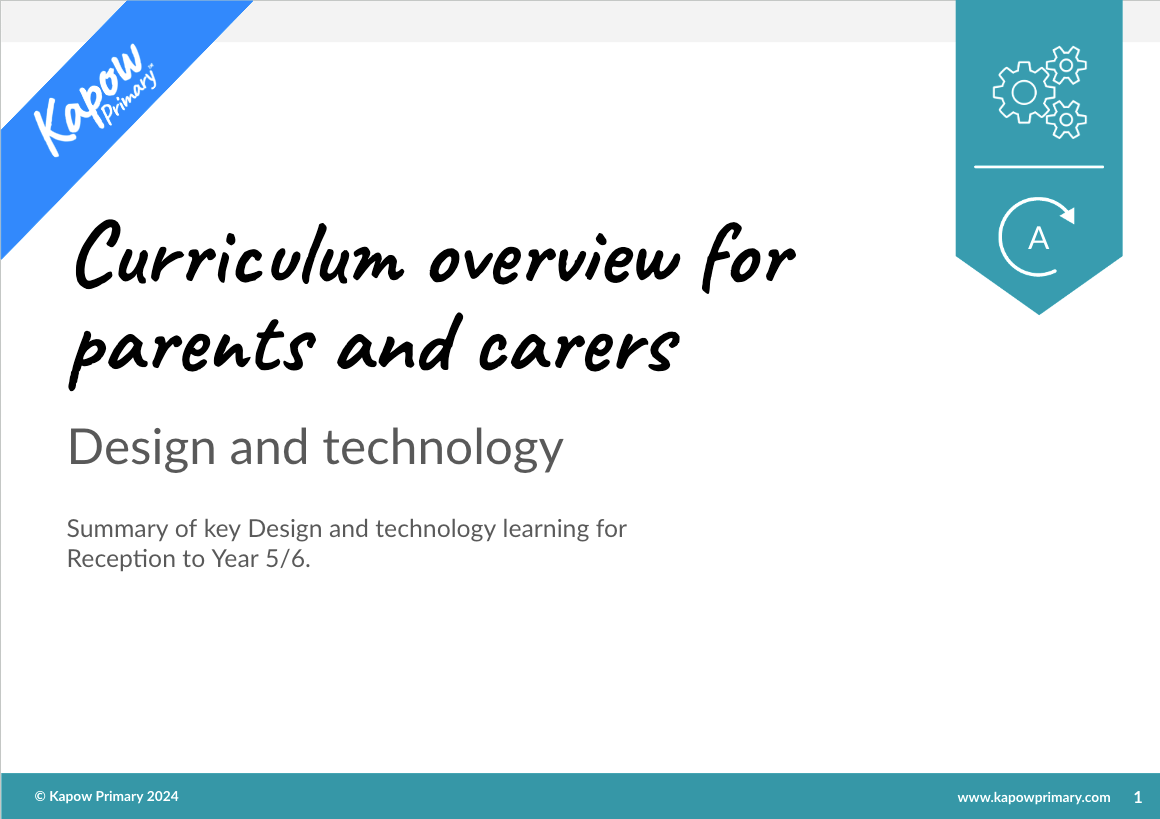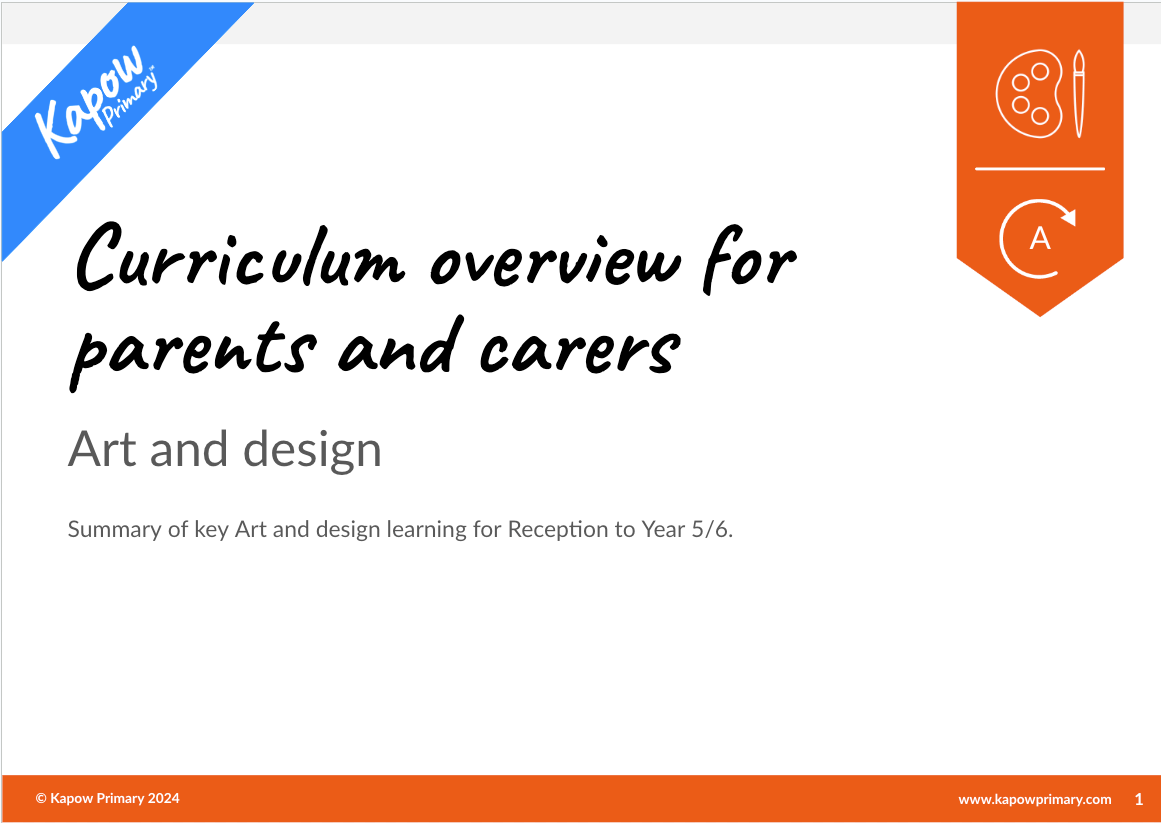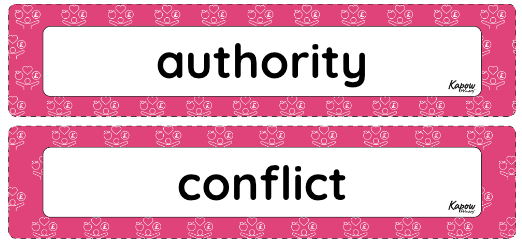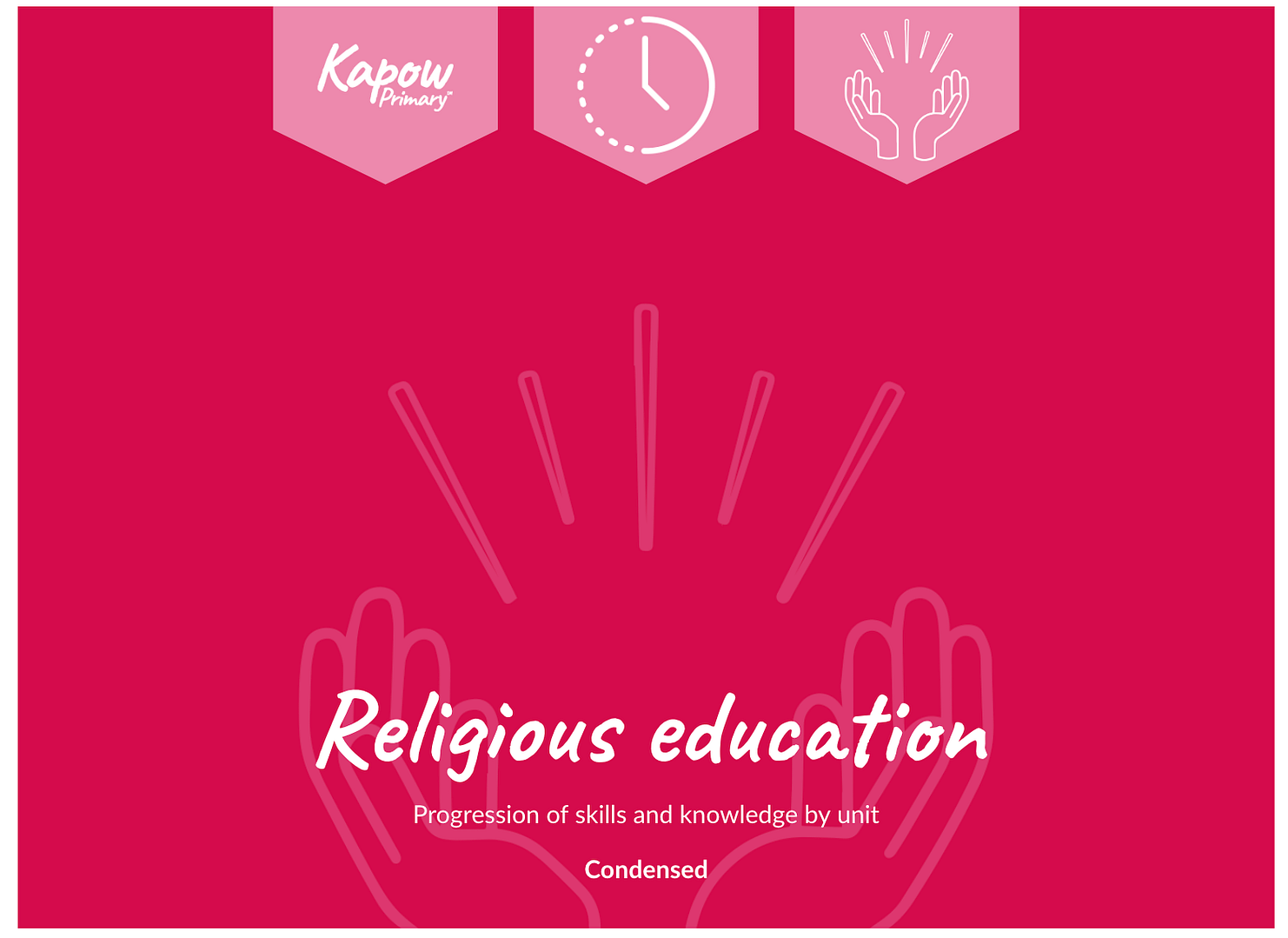year: Year 6
Art and design: Curriculum guide for parents and carers — mixed-age (Cycle B)
Art and design: Curriculum guide for parents and carers — mixed-age (Cycle A)
Coding Week 2024: AI Activity & Resources
Coding Week 2024 started back on on 16th September, but can be celebrated all year round! This year is all about AI, and your pupils can dive right in! With AI-themed activities, any teacher can confidently teach coding – no experience or special equipment needed. It’s easier than you think – with the right resources, anything is possible!
Your resources are just a step away! Simply, fill out the form below to unlock access.
AI Activity Ideas
Develop children’s coding and AI skills with 10-minute activities that integrate seamlessly into your Computing curriculum – fun, flexible, and easy to fit into any lesson.
Music: School development plan
This School music development plan has been designed to help music subject leaders set out how to deliver high-quality music provision in curriculum music, extra-curricular music and musical experiences.
This template has been created to follow the structure of the School music development plan: summary template, provided by the Department for Education.
Part A has been completed for those schools that follow the Kapow Primary Long-term plan to teach curriculum music.
Part B and Part C of the document are editable to allow Music subject leaders to show the extra-curricular and musical opportunities the school provides beyond this core curriculum.
The final part of the document is editable to allow schools to show further improvements they would like to make to the music offerings within their school. We are committed to continuously enhancing our resources and support for schools. Please consider sharing any improvements you’ve made in your music curriculum with Kapow Primary ([email protected]).
The DfE says that a school development plan for Music should be published on the school website from September 2024. Schools should already publish the music curriculum for each year group online and the Kapow Primary Music Curriculum guide for parents and carers can be published on your school website to share this information.
Vocabulary display – RSE & PSHE Y6: Families and relationships
This unit vocabulary display includes keywords from the unit RSE & PSHE, Year 6, Families and relationships and additional unit-specific words that may be helpful in a display.
Religion and worldviews: Key skills and knowledge by unit — condensed
This document accompanies our Religion and worldviews: Long-term plan — condensed and the Progression of knowledge and skills — condensed.









